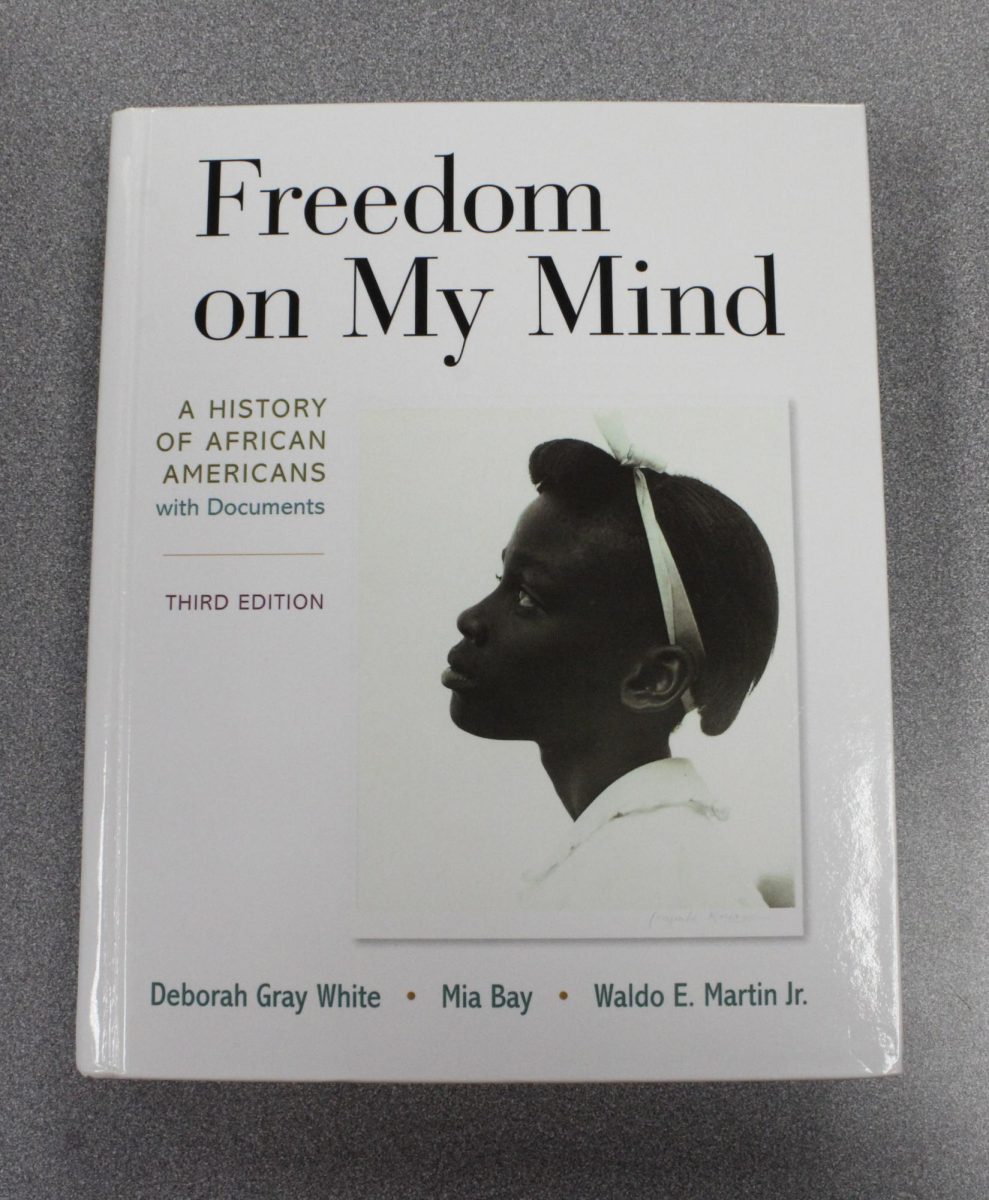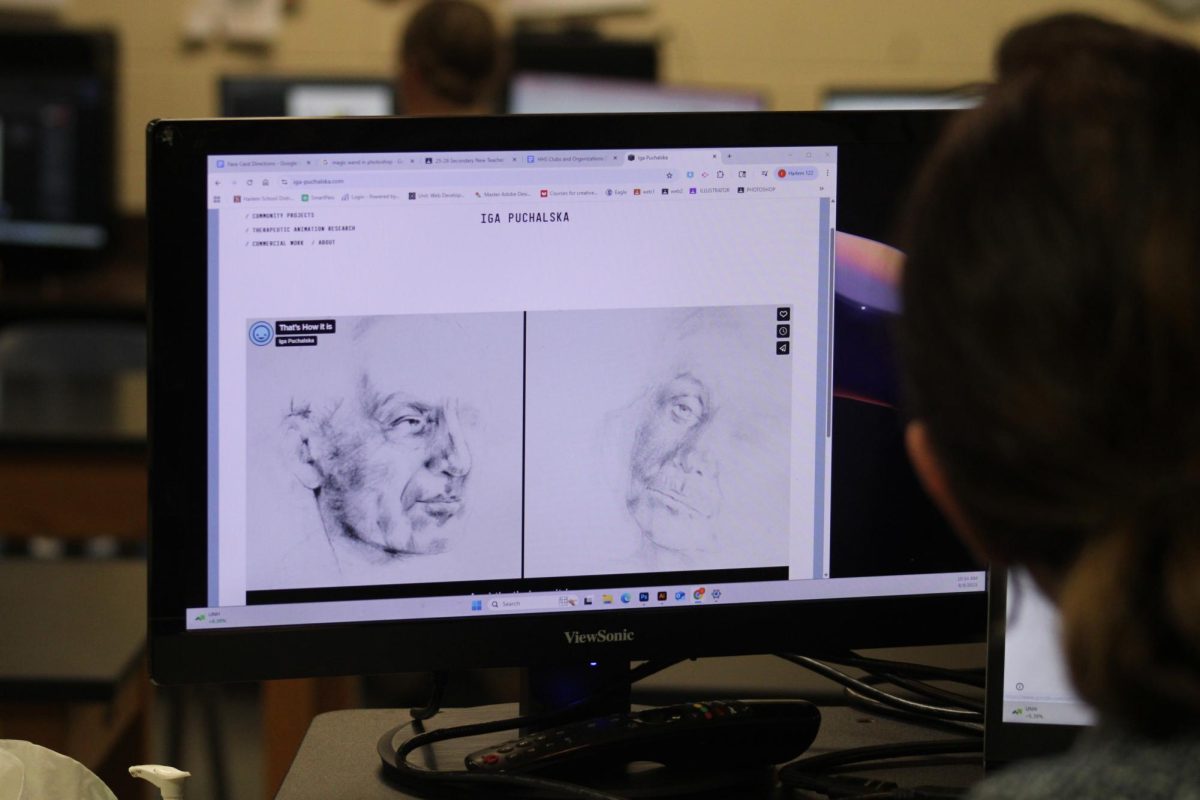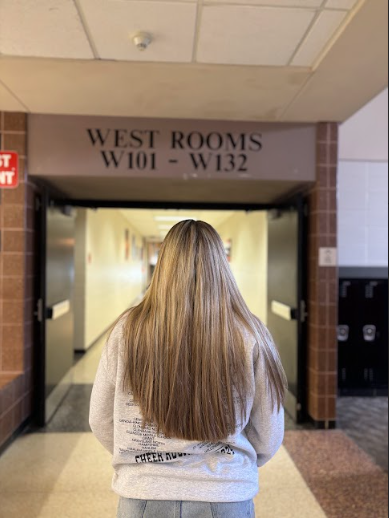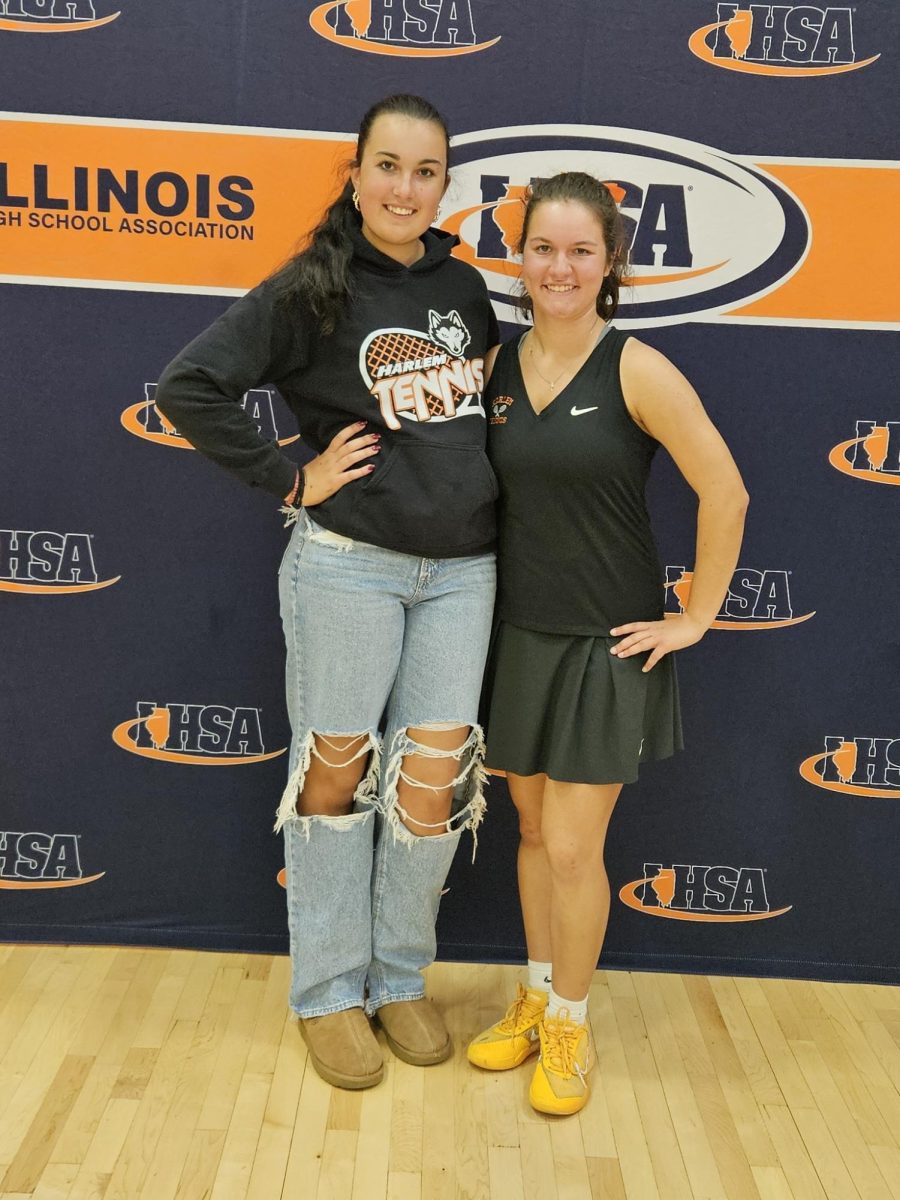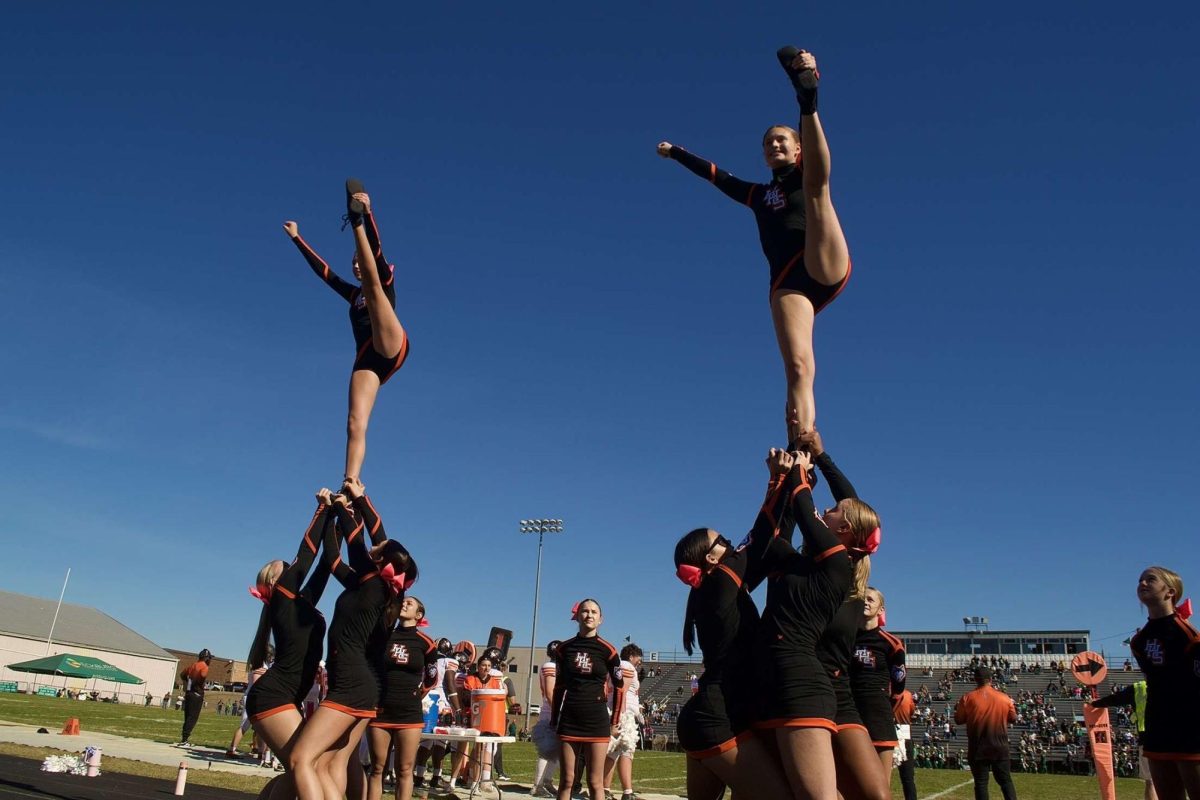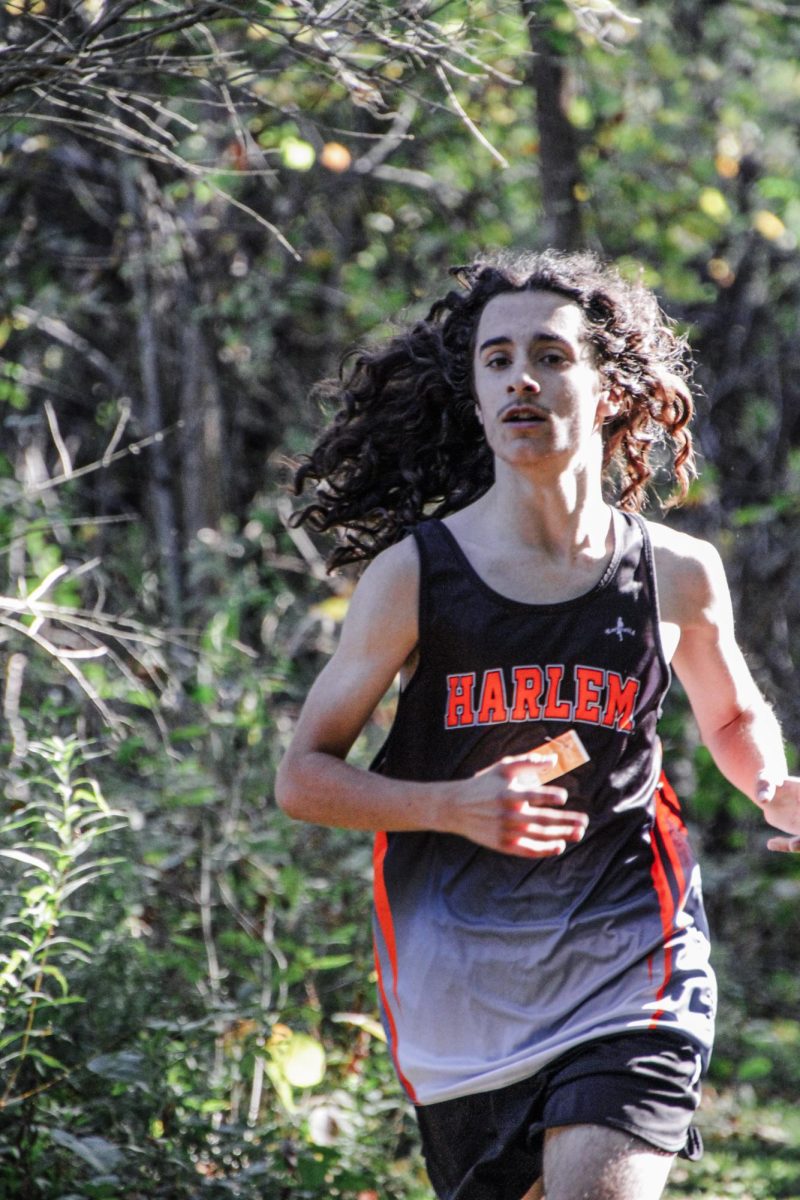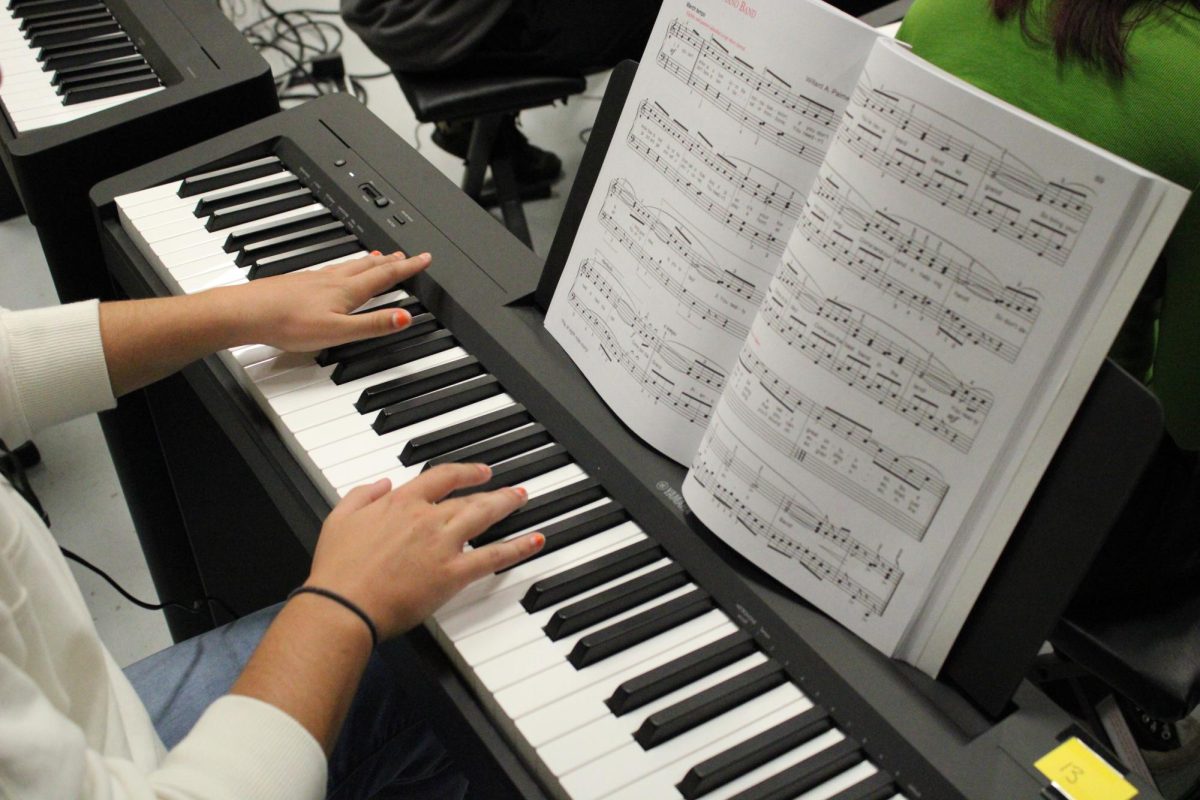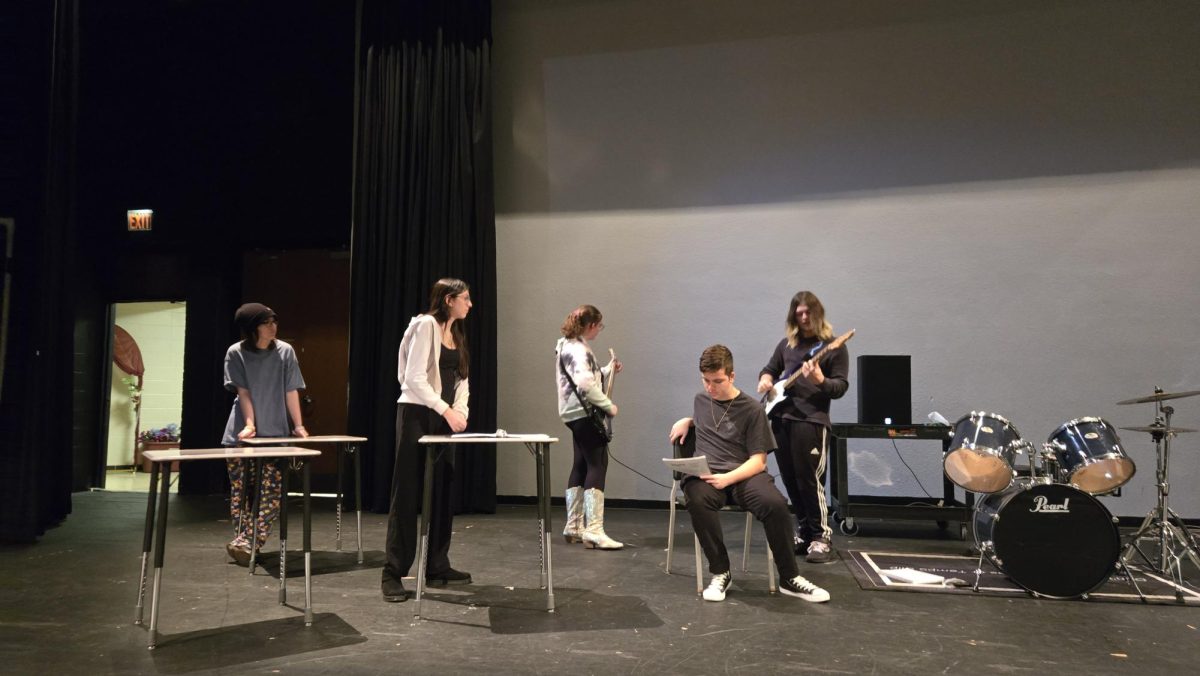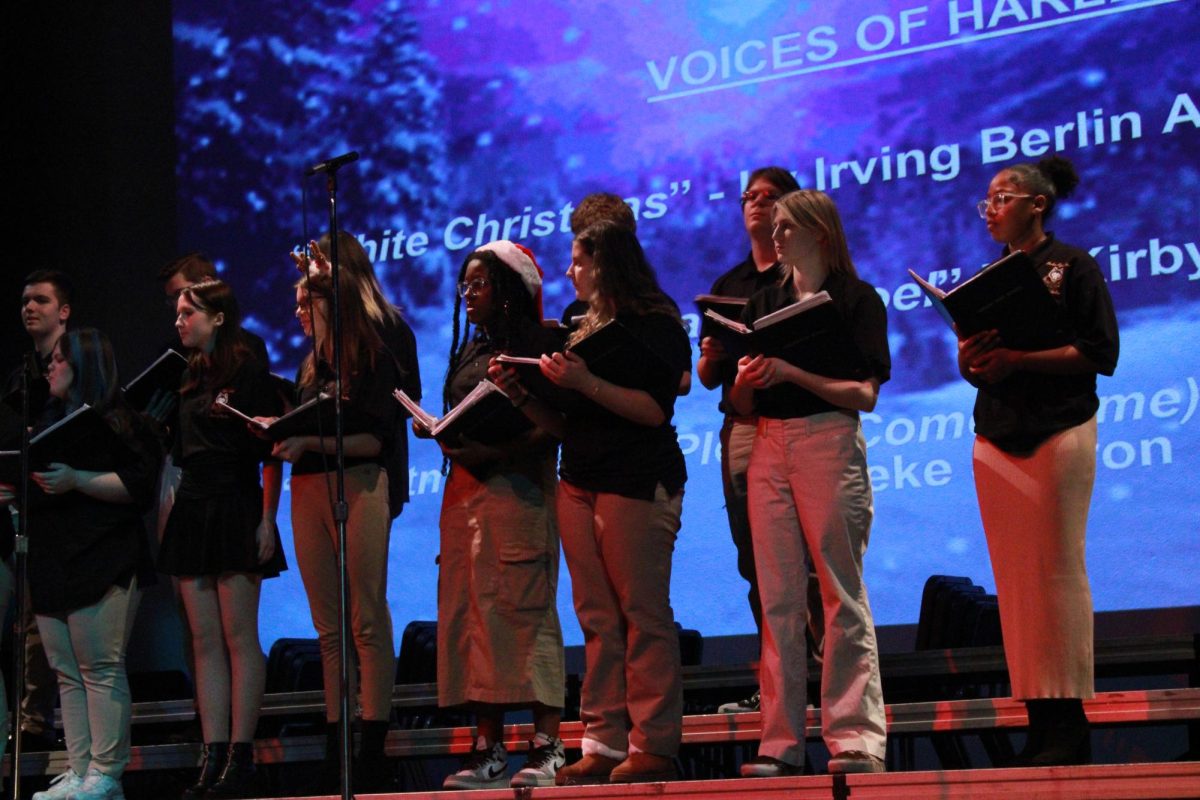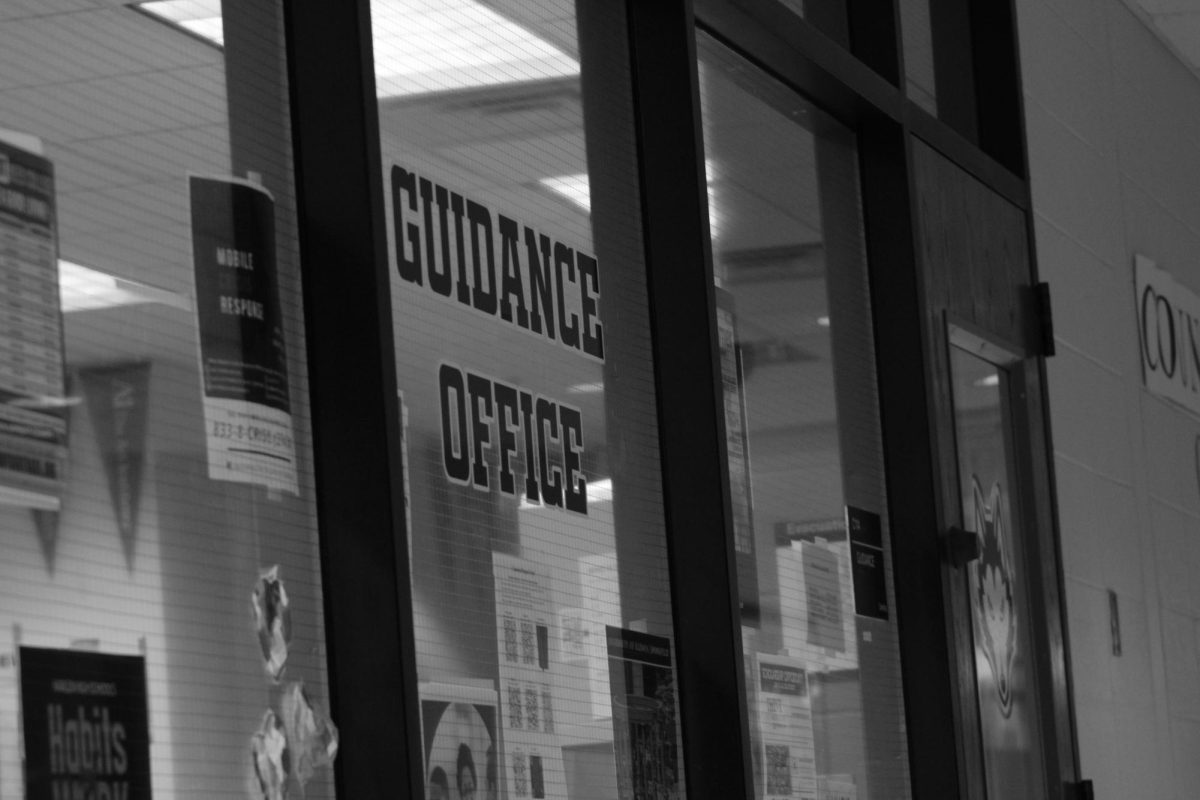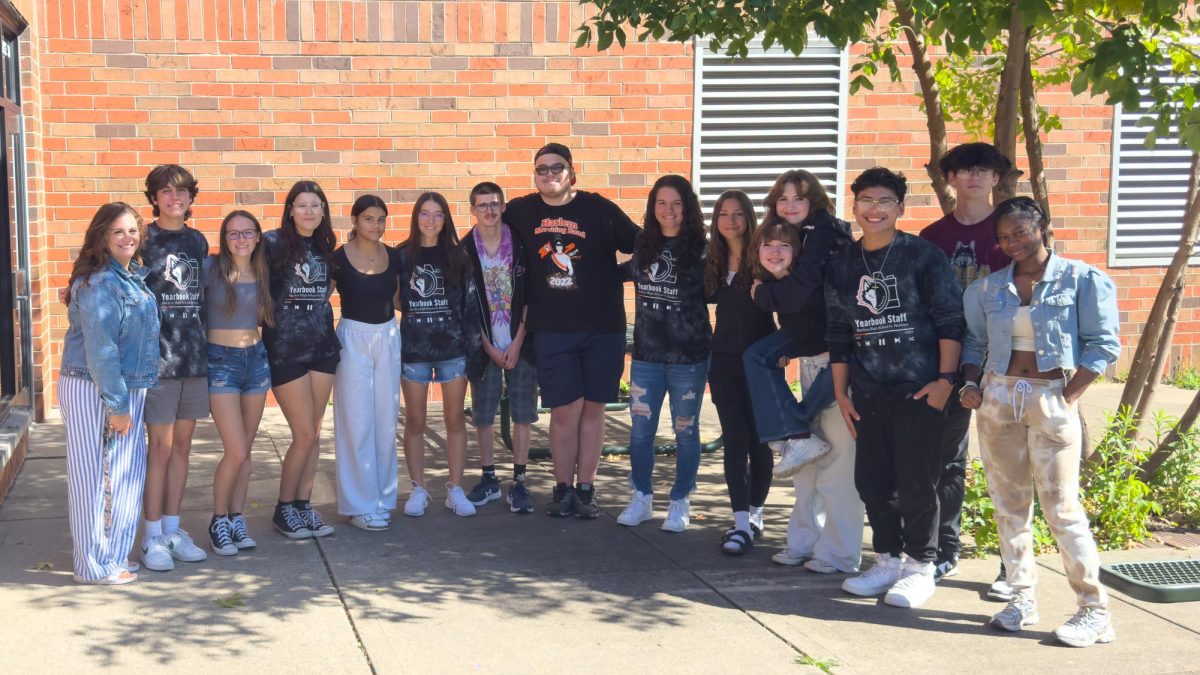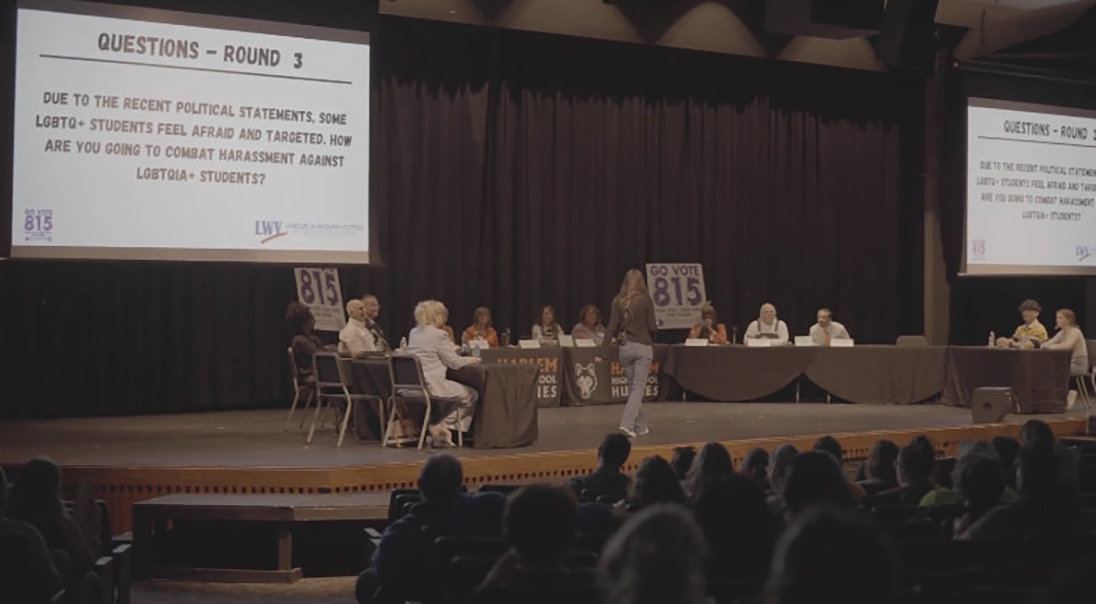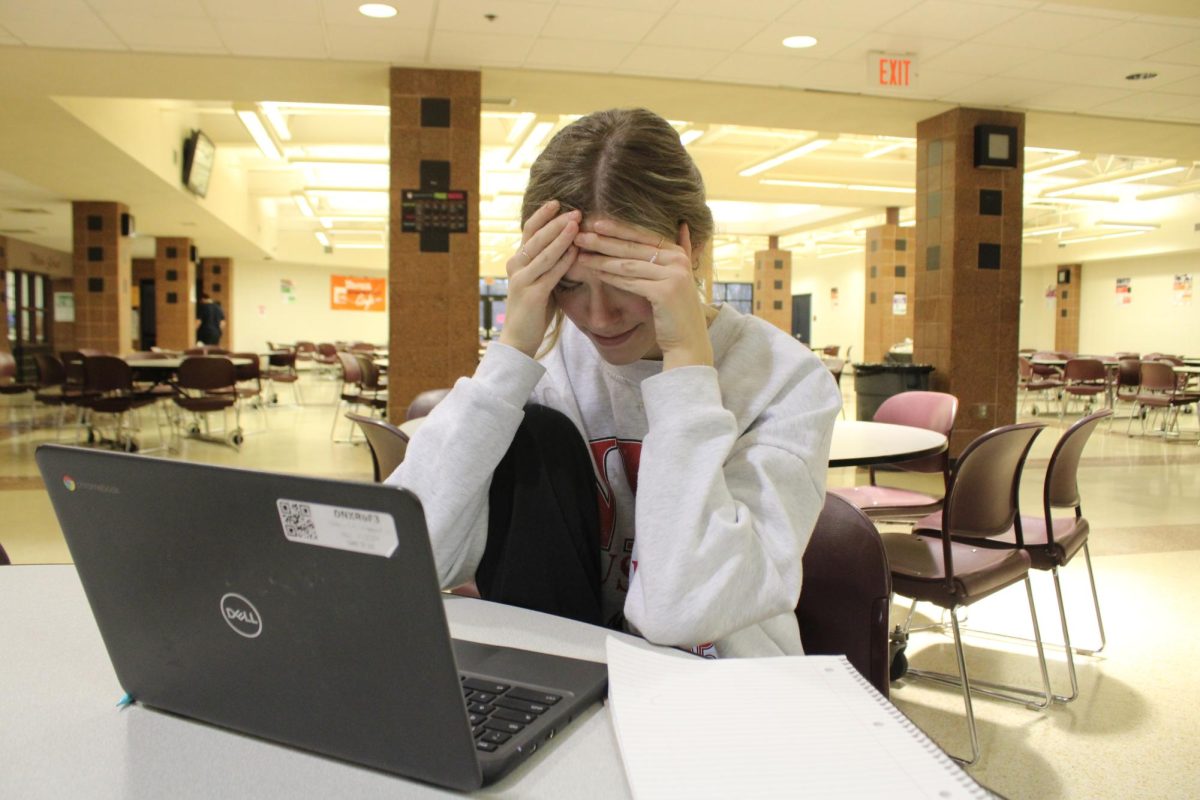Photographs can be a form of storytelling, they can capture an entire story in a single frame. But what happens when photographers get the chance to report on what they photograph, and tell a greater story than what might initially meet the eye?
After 102 volumes of Harlem High School’s yearbook, The Meteor, the yearbook course has decided to expand outward into a broader Journalism program. This year marks the beginning of a collection of students’ voices reporting on events, not just annually, but in real time. This brand new student newspaper, The Harlem Horizon brings a new angle to the course. But how did this newspaper come to be?
Over the previous summer, leading into the 2024 school year, the yearbook editors and advisors had meetings around the time of the yearbook distribution. The intent of these meetings was to plan out the coming year’s yearbook, but very quickly, a new plan came into place as ideas were shared.
“When the yearbook comes out, it’s all content from the past,” said editor, Antonio Aguilera (12), “and I think the Newspaper was most interesting because it tackles stories while they’re happening.” Not only did the time relevance of a newspaper pique the interest of the editors, but the greater depths of stories, as well.
“With the newspaper, we get to go deeper into different perspectives.” said editor, Madilynn Curry (11).
This initial idea did not take long to become a real possibility. The group worked together every week following, in order to bring together the pieces into a reality.
“I think it was an idea that grew very quickly, there [were] really no objections, and we all just ran with it,” said Aguilera.
“We all had a vision in mind for it,” said Curry, “and now, we’re letting that vision come true.”
A handful of meetings and a few weeks later, the program applied for a grant to cover the costs of the newspaper startup, where they won the grant funds and started to bring it to life.
“I’m really excited to be starting this, I think this is a great opportunity, and I think we’re handing down something pretty big to [the] next editors and staff members,”said Aguilera.
“We’re leaving a legacy,” said Curry.
Yet, the responsibilities and power to impact those around them does not go unnoticed, as they begin to take up their new roles. They are delivering a voice, larger than just just themselves, and are taking on the responsibilities of being the student voice of the school.
“Being a voice for our school is a pretty powerful thing, everything we say speaks for our students.” said Aguilera. “I hope to see [our] stories actually making a difference with people. I think to be able to say that you wrote and created a story is one thing, but to be able to actually move someone with the things that you write is something that’s really interesting.”
Now, these editors and their advisor, along with the new staffers are taking the skeleton of what a newspaper could be, and turning it into something that they can call their own. They are using it to represent the voices of many, as well as to convey their aspirations for what they hope for it to become.
“My hopes and interests with the newspaper is to create something that other people can appreciate and [to] cover events people might not know about,” said first year staffer, Kayla Blazer (10).
“I think my goal for this mostly is to have student voice[s] [displayed],” said Aguilera, “You’re always going to hear from grown adults who have their publishings and degrees, but you don’t really get to hear the young voices that have stories to write, too.”
Writing articles and telling the stories of events has been a major part of the Journalism program. But now, they’re not just telling the stories of others, they’re writing their own story to tell, too.

